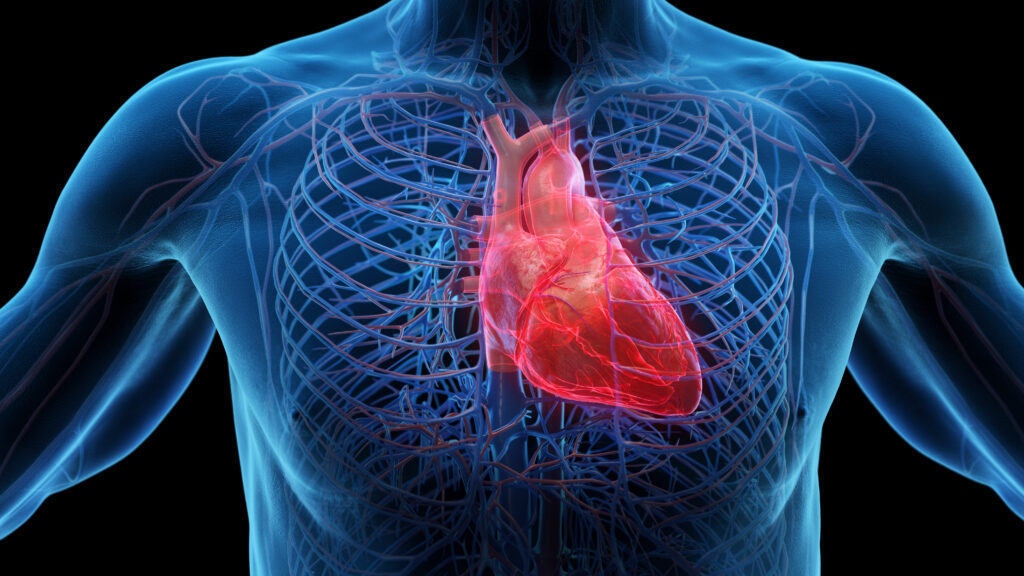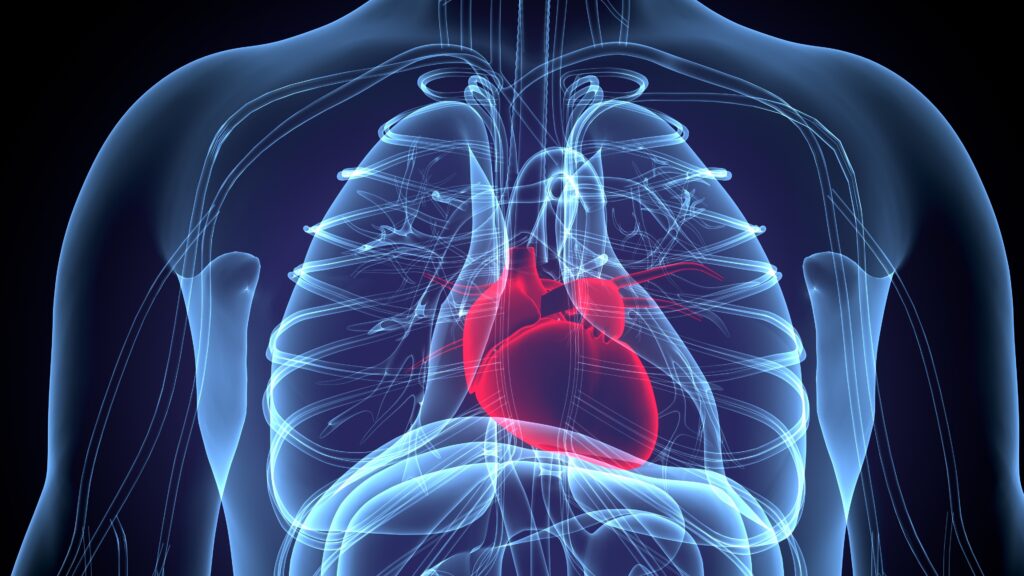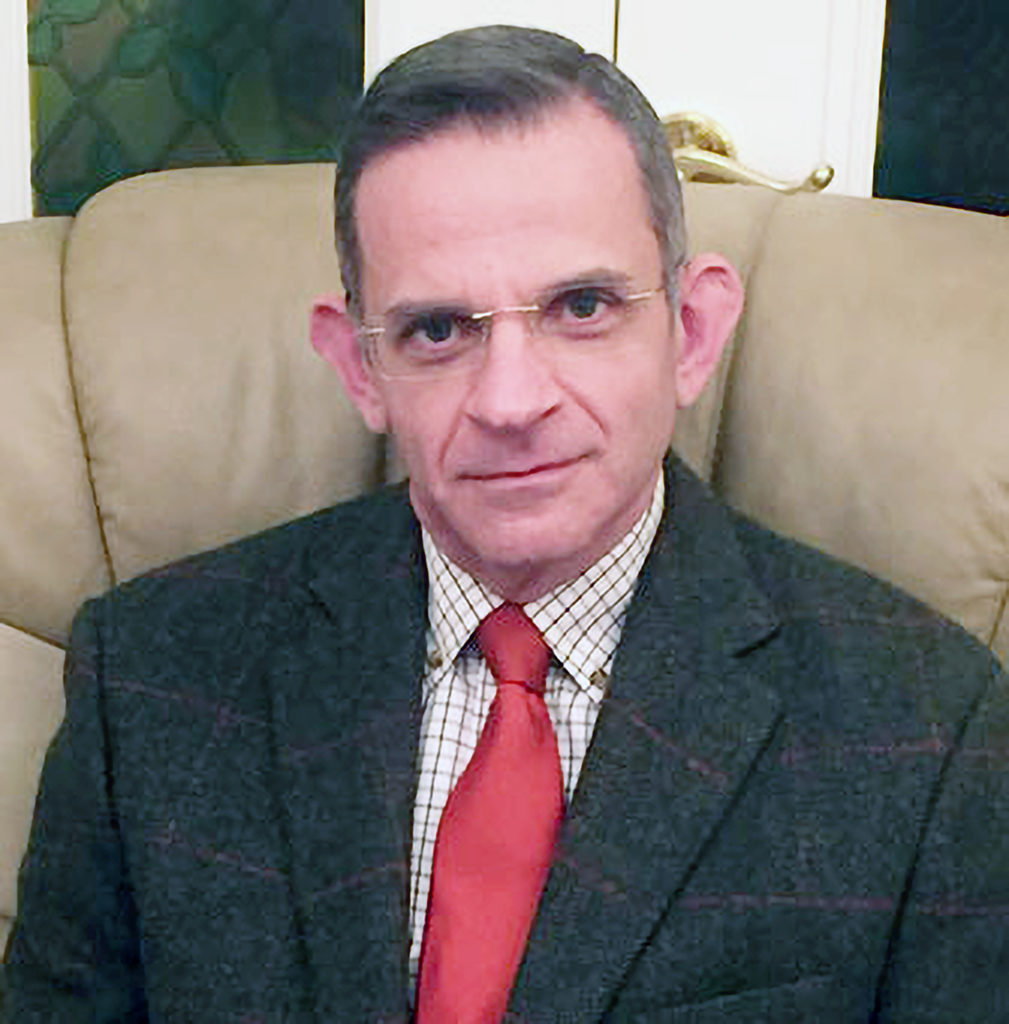Background: According to the 2020 National Institute of Cardiovascular Outcomes Research (NICOR) audit, 32,902 pacemakers were implanted in the United Kingdom. Management of these patients requires effective workflows capable of dealing with the vast amounts of diagnostic data recorded by the device and made available via remote monitoring platforms. The British Heart Rhythm Society (BHRS) recommends that these devices be interrogated in person or remotely once per year. The augment of COVID-19 has driven an increase in remote monitoring of cardiac devices nationally. Studies such as AWARE,COMPASS and PREFER have shown that daily alerts from remote monitoring reduce the time to detection and intervention of lead and device issues. Thus, the purpose of the project is to determine if a daily remote alert monitoring (DREAM) system can replace scheduled remote follow-ups safely in the future.
Aim: To observe detection times of patient events highlighted by daily alert triggers compared to conventional clinic and scheduled remote interrogations.
Methods: A prospective, single centre, service evaluation was carried out after successful completion of the ethics process. This project included one hundred patients with a Biotronik pacemaker implanted in 2018-2019. Patients were registered onto the home monitoring service centre™ website. They had clinic and scheduled remote interrogations in 2019-2021 alongside daily assessment of their alerts.
Results: The average follow-up duration for the patients was 475.6 days with a standard deviation of 139.97 days. During the follow up period 82 patients had remote monitoring alerts detected. Potentially clinically significant alerts were detected in 45 of the 100 patients. As a result of their daily remote alerts, 9 of these patients were admitted to the hospital. A paired T-test was carried out and showed a statistically significant difference in the detection time of patient events from the DREAM model versus scheduled interrogations. Detection times were <24 hours on average ± 0 days via alerts and 105 days on average ± 127 days by scheduled follow-ups (CI- 95%, p-0.04). No patients had clinically significant information detected via their yearly scheduled remote or clinic interrogation, which had not previously been detected via the DREAM model.
Conclusion: This demonstrates that the DREAM model is a safe method of patient follow-up due to its faster event detection times, making it superior to scheduled remote and clinic interrogations. Due to the lack of actionable events detected via scheduled follow-ups, they add little to no value when used in conjunction with a proactive alert management service model. However, further large scale studies are required to support and adopt this model within clinical practice.














